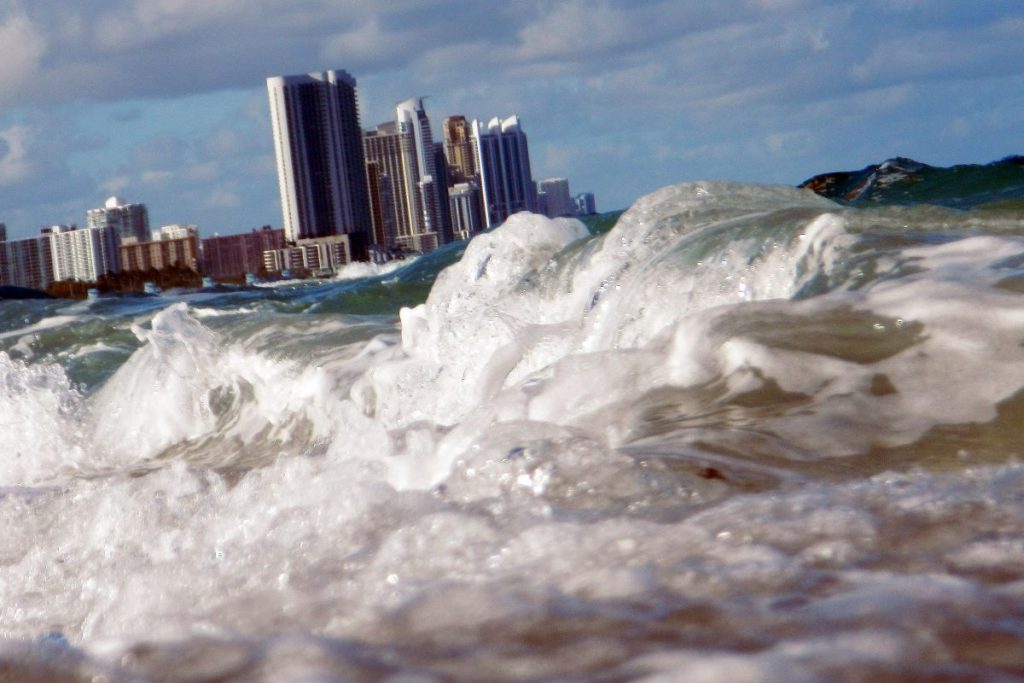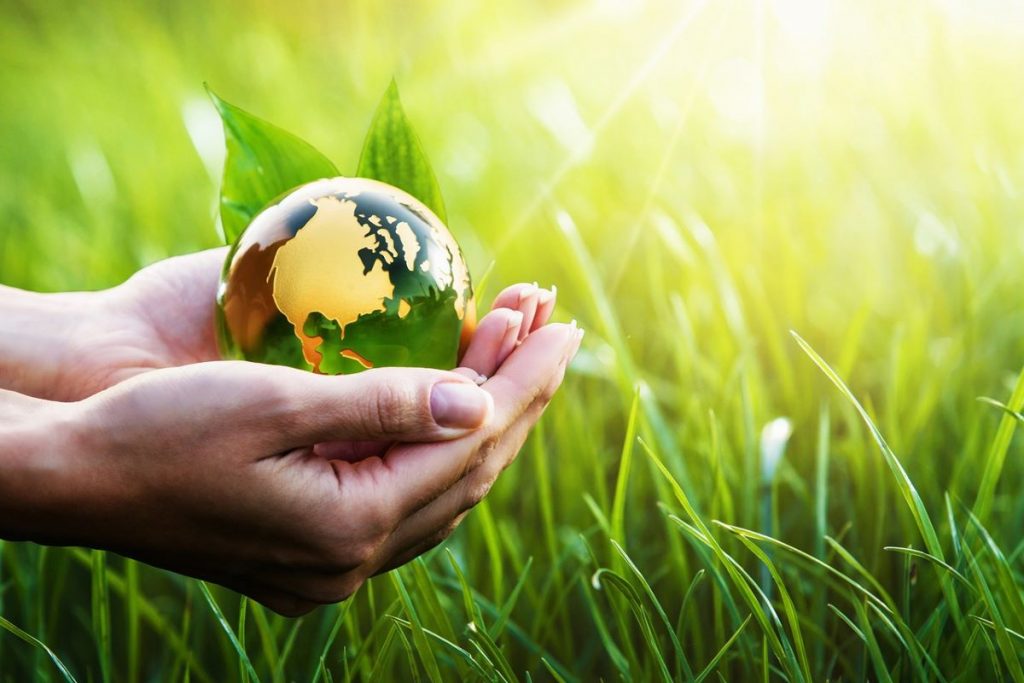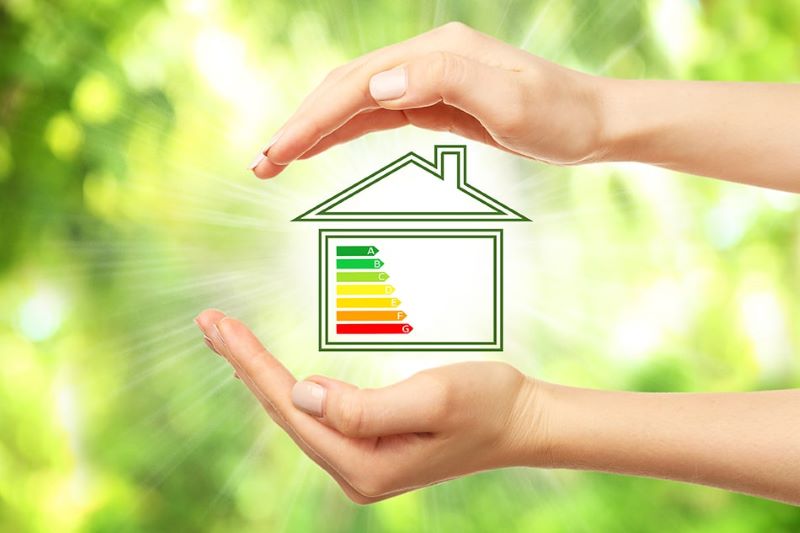Table of Contents
Global warming and climate change were unique words to many until only recently when scientists across the world released their research findings. Most people are now fully aware that temperature across the globe is increasing at a real scary pace. An increase in global temperature is viewed as the root cause of natural disasters, for instance, storm surges, hurricanes, landslides, droughts, and floods.
According to the International Panel on Climate Change (IPCC, 1995, global temperature surged by 0.5C in the course of the 20th century. Temperatures are expected to increase in the 21st century (by between 1.5 to 4.5C). Unlike other effects of global climate change, rising sea levels is the most feared outcome. The three main factors contributing immensely to rising sea levels include:
Rapid melting of glaciers and polar ice caps
In the course of summer, large quantities of formed ice, for instance, polar ice caps and glaciers, expectedly melt back just slightly. However, in the winter months, vast amounts of snow, chiefly formed from vaporized seawater, are sufficient to equalize the melting. In the past few years, steady surges in temperatures as a result of global warming have instigated more than normal summer melting and reduced snowfall caused by unexpected late winters and early springs. This lack of equilibrium has led to a considerable net gain in runoff compared to ocean vaporization, leading to a significant rise in sea levels.
Thermal expansion
Experiments have determined that when water is heated, it expands. Global warming has resulted in the heating of the oceans leading to rising sea levels because the expanded waters have occupied more space.
Loss of ice from Greenland and West Antarctica
The heat emanating from global warming has accelerated the melting of huge ice sheets which cover Greenland and Antarctica. Scientists also strongly concur that meltwater coming from above and seawater under is permeating underneath ice sheets found in Greenland and West Antarctica, consequently making ice streams smooth and enabling ice sheets to slide effortlessly and quickly into the sea. To add to that, higher temperatures of the sea are instigating the huge ice shelves which go beyond Antarctica to melt away from underneath, thus weakening and finally breaking away.

Rising sea levels around Malaysia and Indonesia
Despite the projections of temperature increase in the 21st century standing at between 1.5 to 4.5C, the sea level around Malaysia and Indonesia is projected to be much higher due to topographical conditions and local climate. Aspects that would be greatly affected include the low-lying areas that harbor millions of people and social-economic activities. Malaysia boasts a long shoreline and most of its cities are situated along the shoreline.
The areas that will bear the brunt of rising sea levels
The islands of Indonesia and Malaysia are projected to bear the heaviest brunt of rising sea levels. In fact, scientists anticipate that before the turn of 2050, the over 2000 islands and the millions of households in the coastal areas throughout Indonesia would sink as a result of rising sea levels instigated by climate change.
The same scientists project that a sea level rise of over 90 centimeters will be experienced in 2050.
Malaysia is also well-known for its numerous exotic islands including Pulau Pangkor, Pulau Pakas, Penang, and Langkawi just to name a few. Scientists are projecting that these marvelous islands that are the crown jewels of Malaysia will be swallowed as a result of rising sea levels at the turn of the 2050s.
The Maratua Island is the only island with a lagoon in Indonesia, teeming with a wealth of marine life and wildlife. In fact, it is the epicenter of marine biology. This island is referred to as the turtle capital of Indonesia because of the abundance of lurking turtles. Rising sea levels would totally swallow wildlife in Maratua as there is no visible escape route.
Impacts of rising sea levels

When an exponential rise in sea levels as seen in the previous years continues unabated, coastal habitats will be greatly impacted. The rise in sea levels means water will reach farther inland resulting in massive erosion, huge flooding of wetlands, agricultural soils and aquifers contamination, and destruction of fish, plant, and bird habitats.
The rise in sea levels means bigger storms hitting land resulting in huge, more potent storm surges that devastate everything in their path. Not to forget millions of people live in these areas that will turn out to be vulnerable to flooding when sea levels rise. This would naturally force more than a million people to abandon their homes and relocate elsewhere.
Although experts concur that global warming will continue and most likely accelerate, the islands around Indonesia and Malaysia will experience deeper consequences than the rest of the world. Other areas that could suffer from rising sea levels are cities located beside oceans and seas. Infrastructure and industries are especially at great risk in such cities.








